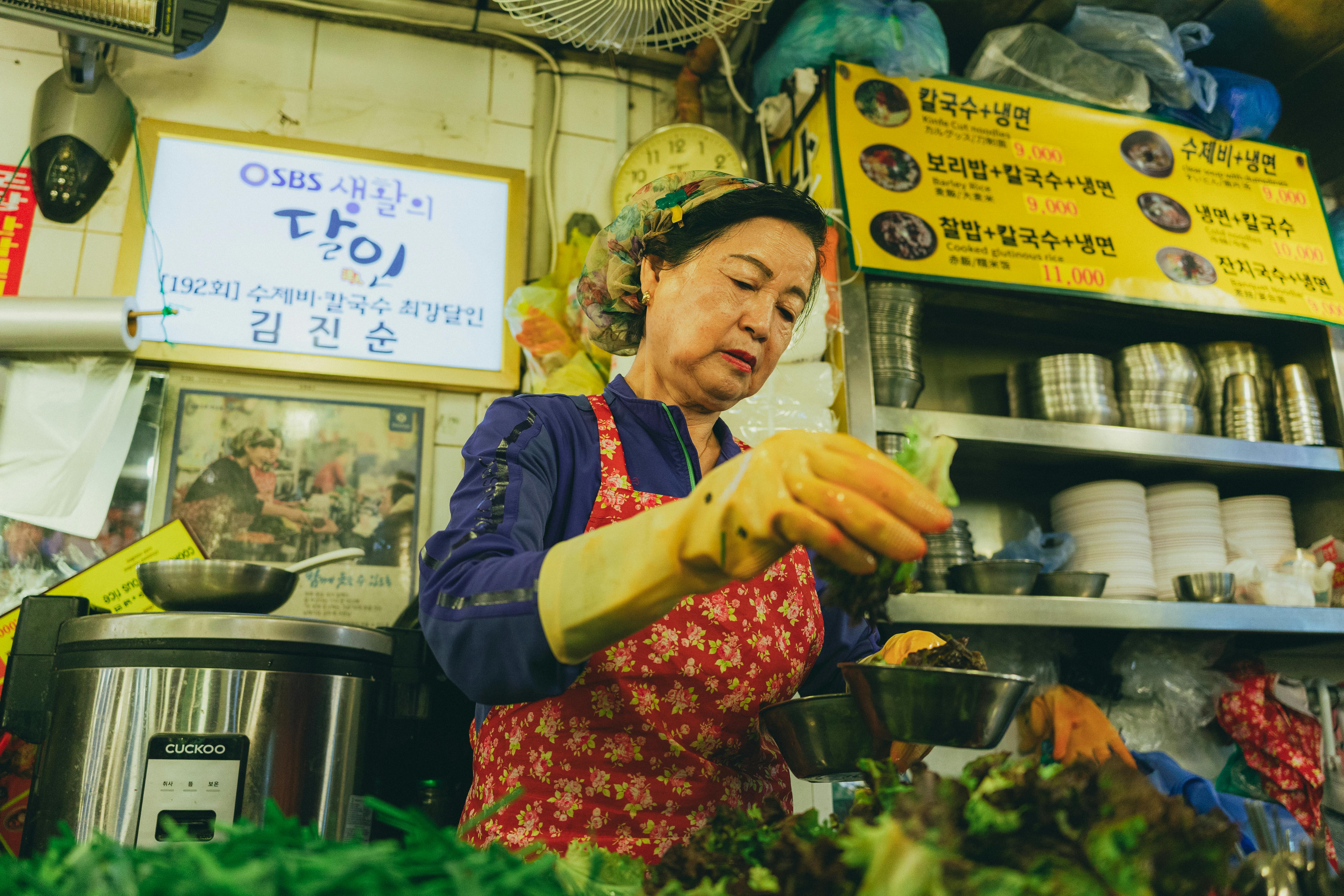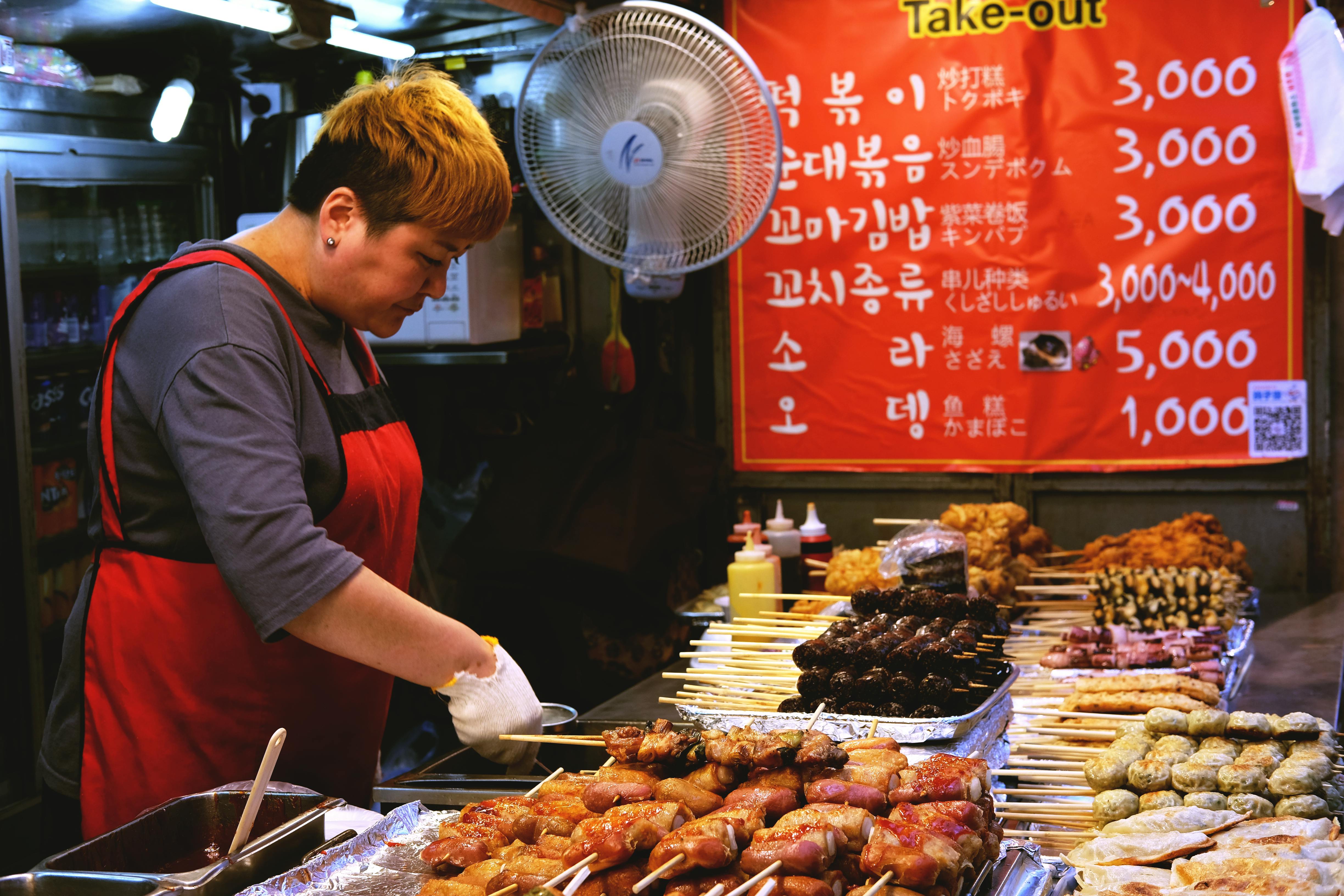Explore the rich flavors and culinary traditions of Korea as the Korean Food Promotion Institution champions authentic cuisine, bridging cultural gaps and enhancing global appreciation for this vibrant gastronomic heritage.

Introduction

The Korean Food Promotion Institution (KFPI) plays a vital role in advocating for Korean cuisine both domestically and internationally. Established to enhance the appreciation of Korean food, the institution focuses on promoting culinary traditions and fostering a deeper understanding of Korean gastronomy. As global interest in Korean culture continues to surge, the KFPI's initiatives aim to showcase the unique flavors and health benefits of Korean cuisine.
The Rise of Korean Cuisine Worldwide
In recent years, Korean cuisine has gained significant traction across the globe. This culinary wave is largely attributed to the growing popularity of K-pop and Korean dramas, which have introduced international audiences to various aspects of Korean culture, including its food. The KFPI has been instrumental in this movement, organizing events and contests to highlight traditional dishes and cooking techniques.
- Cooking contests that encourage participation from chefs and food enthusiasts.
- Collaborations with international culinary schools to promote Korean cooking methods.
- Showcasing Korean food at global food festivals and events.
- Engaging with social media influencers to share Korean recipes and traditions.
- Providing resources and training for aspiring chefs interested in Korean cuisine.
The KFPI's efforts are not only about showcasing food but also about educating people on the cultural significance behind each dish. For instance, the importance of fermentation in Korean cuisine, as seen in staples like kimchi and gochujang, reflects the country's agricultural practices and culinary heritage.
Understanding the Components of Korean Cuisine
Korean food is characterized by its bold flavors, vibrant colors, and diverse ingredients. Key elements include a variety of vegetables, meats, and grains, often served with a plethora of side dishes known as banchan. The balance of flavors—spicy, sweet, sour, and salty—creates a harmonious dining experience.
- Rice: A staple that serves as the foundation for most meals.
- Kimchi: Fermented vegetables that add depth and health benefits.
- Fermented sauces: Essential for flavoring dishes and enhancing umami.
- Meats: Grilled or stewed, providing protein and richness.
- Seasonal vegetables: Fresh produce that contributes to the meal's nutritional value.
Moreover, the use of traditional cooking techniques, such as grilling and fermenting, allows for the development of complex flavors that define Korean dishes. The KFPI actively promotes these methods through workshops and culinary demonstrations, ensuring that both chefs and home cooks understand their significance.
Engaging with Korean Food Culture
Participating in Korean food culture can be an enriching experience. The KFPI organizes various events, such as hansik contests, which celebrate the diversity of Korean cuisine and encourage culinary creativity among participants. These contests often take place in multiple countries, providing a platform for chefs to showcase their skills and for audiences to taste authentic Korean dishes.
- Attend local Korean food festivals to experience authentic dishes and cooking demonstrations.
- Explore online resources and cooking classes offered by the KFPI.
- Engage with Korean restaurants and chefs to learn about traditional recipes.
- Try making your own kimchi or other fermented dishes at home.
- Join social media groups focused on Korean cooking to share experiences and recipes.
Participating in cooking contests and food festivals offers a unique opportunity to connect with the culture and traditions behind Korean cuisine.
Field Notes: What It Feels Like
- The vibrant colors of fresh vegetables and spices create an inviting atmosphere in any Korean kitchen.
- The aroma of sizzling meat on a grill fills the air, evoking a sense of warmth and community.
- A table laden with an assortment of banchan invites curiosity and encourages sharing among diners.
- The tangy scent of fermenting kimchi hints at the rich flavors awaiting discovery.
- The sound of laughter and conversation enhances the dining experience, highlighting the social aspect of Korean meals.
Try It Yourself
- Gather ingredients for a classic dish like bibimbap, ensuring you have fresh vegetables, rice, and gochujang.
- Set up a small cooking station at home, focusing on proper knife skills and ingredient preparation.
- Invite friends over for a Korean BBQ night, allowing everyone to participate in grilling their own food.
- Watch online cooking tutorials from the KFPI to learn traditional techniques and recipes.
- Experiment with making your own sauces and marinades to enhance the flavors of your dishes.
Conclusion

The Korean Food Promotion Institution plays a crucial role in elevating the appreciation of Korean cuisine worldwide. Through various initiatives, including cooking contests, educational workshops, and partnerships with international culinary schools, the KFPI fosters a greater understanding of Korean food culture. As global interest in Korean gastronomy continues to grow, the KFPI remains dedicated to preserving and promoting the rich culinary heritage of Korea.
FAQ
What is the mission of the Korean Food Promotion Institution?
The Korean Food Promotion Institution aims to enhance the well-being of Korean people and promote Korean cuisine globally. It focuses on educating audiences about the health benefits and cultural significance of Korean food while supporting culinary professionals.
How can I participate in Korean food events?
Participation in Korean food events can be done by attending local festivals, joining cooking classes, or entering competitions organized by the KFPI. These events often welcome both amateur and professional cooks, providing opportunities to showcase culinary skills.
What are some essential Korean dishes to try?
Some must-try Korean dishes include kimchi, bibimbap, bulgogi, and tteokbokki. Each dish offers a unique flavor profile and reflects the richness of Korean culinary traditions.
How does Korean cuisine reflect its culture?
Korean cuisine is deeply intertwined with the country’s history, agriculture, and social practices. The emphasis on communal dining, seasonal ingredients, and fermentation techniques highlights the cultural values of sharing and sustainability.
Where can I learn more about Korean cooking?
Learning about Korean cooking can be done through online resources, cooking classes, and workshops offered by the KFPI or local culinary schools. Social media platforms also provide a wealth of information and community engagement for aspiring cooks.




0 Comments